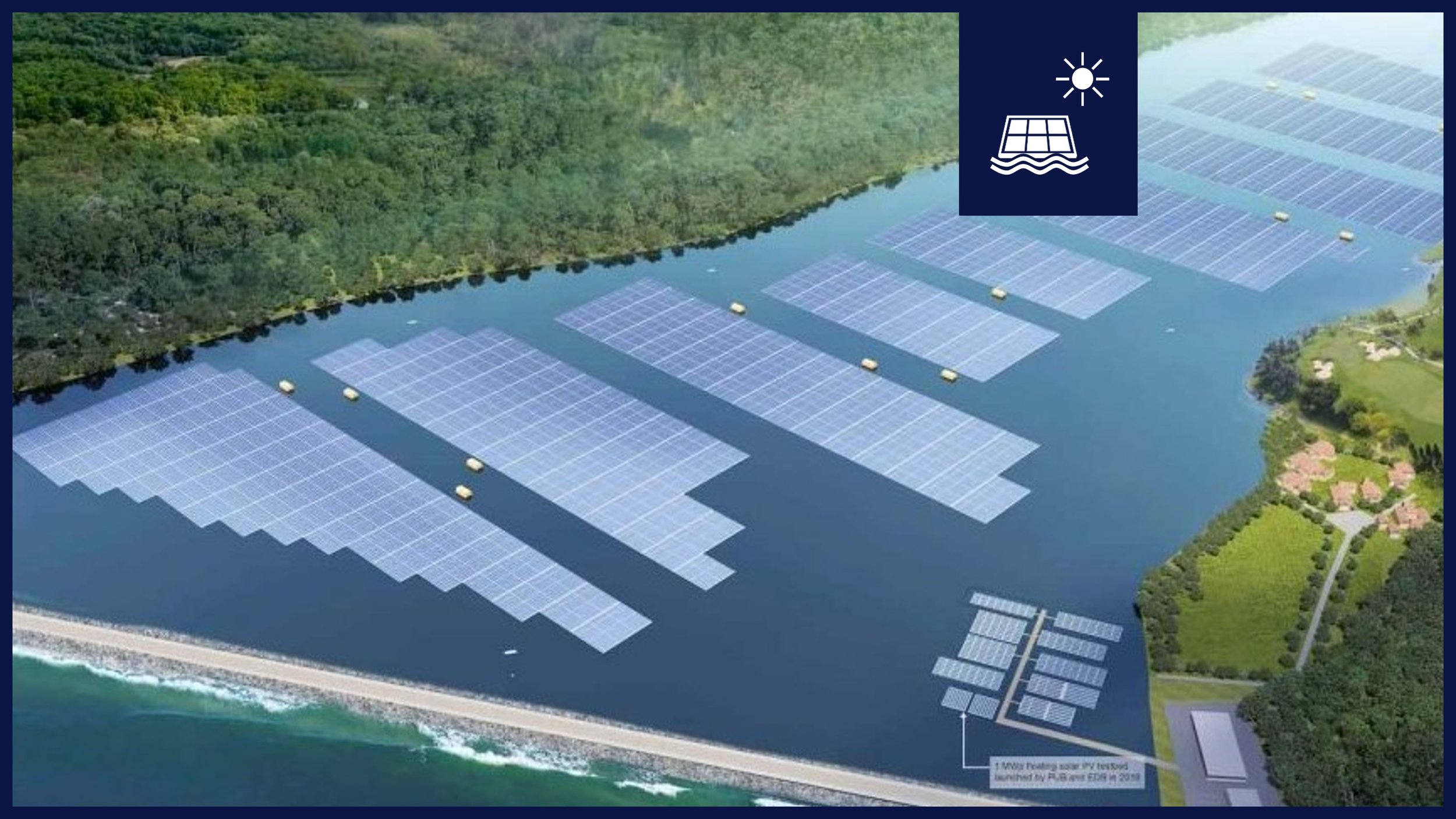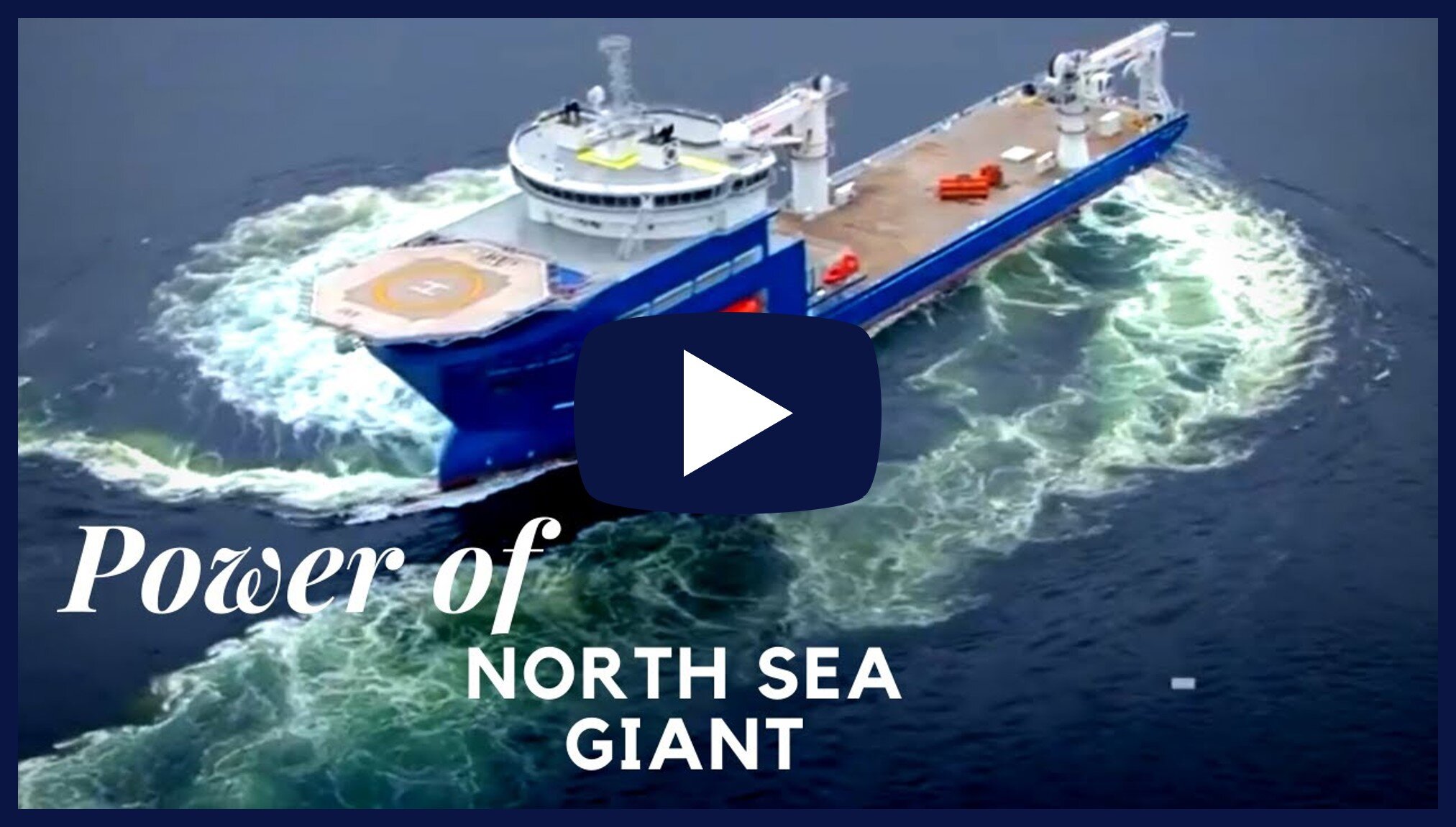Stories
Inspiring examples on maritime sustainability for shipowners and technology suppliers
Heliogen - Replacing Fuel with Sunlight
Heliogen, backed by Bill Gates, makes fuel out of thin air and sunlight. It simply costs a lot of energy.
World’s first ‘carbon-capture at sea’ set for shipping trials
Japanese shipbuilding giant Mitsubishi announced that it will build and test a carbon-capture system for ships which promises to reduce ship emissions by 90%. Sea trials will be conducted by mid-2021 using an existing coal carrier operated by the Tohoku Electric Power Company.
Shore Power in Port of Rotterdam
How a single project from Heerema - made possible by Sustainable Ships - kicked shore power developments in Rotterdam into high gear and led towards the Rotterdam Shore Power Strategy.
Høglund and HB Hunte develop CO2 vessel concept to support CCS projects
Høglund Marine Solutions & HB Hunte Engineering have developed a new ‘bilobe’ tank concept for LPG and CO2 transportation. The solution is readily available for use in existing tanker designs. It more than doubles the transportation capacity of liquid CO2 over current vessel capacity without the size, weight and stability concerns that would have come from a higher capacity “monolobe” design.
Tesla’s Battery Day from a Maritime Perspective
Using Tesla’s announcements of Battery Day, DNV expects the cost of batteries to be reduced by 56% (measured in $/kWh) by 2025. Worldwide, DNV predicts that passenger electric vehicles are likely to start outselling their internal combustion engine counterparts from 2032 onwards. In North America, Europe and China this will take place well before 2030. Tesla’s success could spill over from land-based vehicles into adjacent transport sectors. On the assumption of success on all fronts, Tesla will achieve the critical battery density for short range electric airplanes – namely 400 Wh/kg with high cycle life.
A Front-Row Seat for the Arctic’s Final Summers With Ice
Freaked out scientists and gleeful captains of fossil-fuel tankers are now sailing through climate history in the melting polar region. Physicist Stefanie Arndt claims the Northern Sea Rout will become ice-free this decade or the next one.
What are Solid-State Lithium-Metal Batteries?
Solid-state lithium batteries do not have a traditional anode, but one made up of pure lithium when charged.
Making the Impossible Possible
This blog sketches a vision on how to convert the largest crane vessel in the world - Sleipnir - owned by Heerema Marine Contractors, to a zero-emission vessel. Several promising carbon reduction measures are combined which are technically viable and based on matured technology including electrification and BES, solar panels, synthetic fuels, CCS and possibly hydrogen combustion.
Ørsted and Maersk to Test Offshore Vessel Charger
Maersk and Ørsted are building a ‘power-buoy’ that can act as both a mooring point and a charging station for vessels, enabling them to turn of their engines when laying idle.
World’s Largest Direct Air Capture Facility to Capture CO2 Under Development
The facility from 1PointFive and Carbon Engineering will capture CO2 directly from the air and store it safely, permanently and securely deep underground in geological formations.
One of World’s Biggest Inland Floating Solar Systems begins construction in Singapore
Solar PV is integrated with the local water treatment system on Tengeh Reservoir in Singapore, offsetting 6% of its annual energy needs for 25 years.
Scientists Find Microplastics Inside Human Organs
Bits of microplastics are showing up inside human tissues. We still don’t fully know the health impact of plastics inside our bodies.
IMO study finds maritime emissions could rise 50% by 2050
In IMO’s fourth greenhouse gas (GHG) study, a consortium headed by research establishment CE Delft has found that GHG emissions from global shipping are growing and are expected to continue to increase.
The Truth about Capturing CO2
Carbon capture and storage is often brought up as a solution to climate change, but do we really need it, how much of an impact could it really make, and is it in fact just an excuse to keep burning fossil fuels, letting heavy polluting industries off the hook? It's time to find out the truth.
Full-scale Analysis of a MW Floating Solar System
Kind of what you expect. A full-scale behavioral analysis of a 4 [MW] floating solar system by Foresys. Made in Orcaflex.
Recycling vehicle batteries
Helen Czerski went to Wendeburg in Germany to see if it really is possible to recycle the materials in vehicle batteries. She shows how this new and rapidly growing industry is developing and coming up with some interesting results, with lithium-iron batteries being economically recycled up to 70% (91% including graphite). Please send this to all the people you know who say 'what about when we throw all these fancy batteries into landfill.
The Trouble with Cobalt by Joe Scott
Electric cars have a dark secret - cobalt. The element that is in almost all lithium-ion batteries is often considered a conflict mineral because half of all cobalt reserves are found in the Democratic Republic of Congo, a troubled region with over a century of instability. But is it as bad as the anti-EV crowd has led us to believe? What's the reality of the situation, and what are some of the solutions?
BP Lingen on green hydrogen
BP Lingen uses green hydrogen in fuel production for the first time worldwide.
Poseidon Pilot - Offshore Hydrogen
Claimed to be the first offshore green hydrogen project, this pilot-project will have an electrolyzer producing green hydrogen from seawater on board the Q13a platform in the Netherlands.
Amazing Power of North Sea Giant
North Sea Giant is amongst the largest and most advanced subsea construction vessels ever built. North Sea Giant is an efficient multi-purpose vessel with supreme deck and crane capacity, alongside a unique power system. Her propellers and thrusters are tailor made for delivering a wide variety of demanding marine operations in deep and ultradeep waters.




















